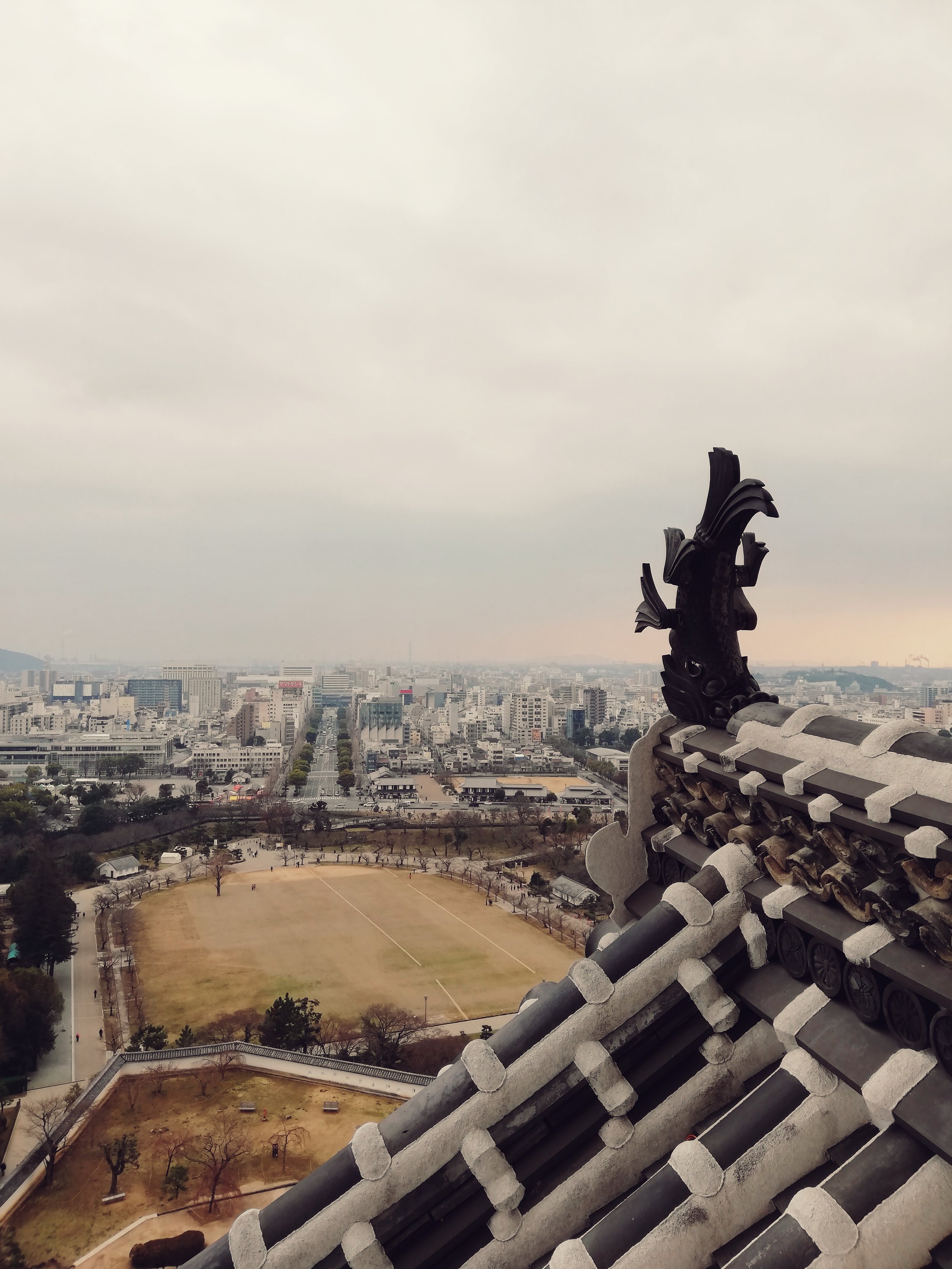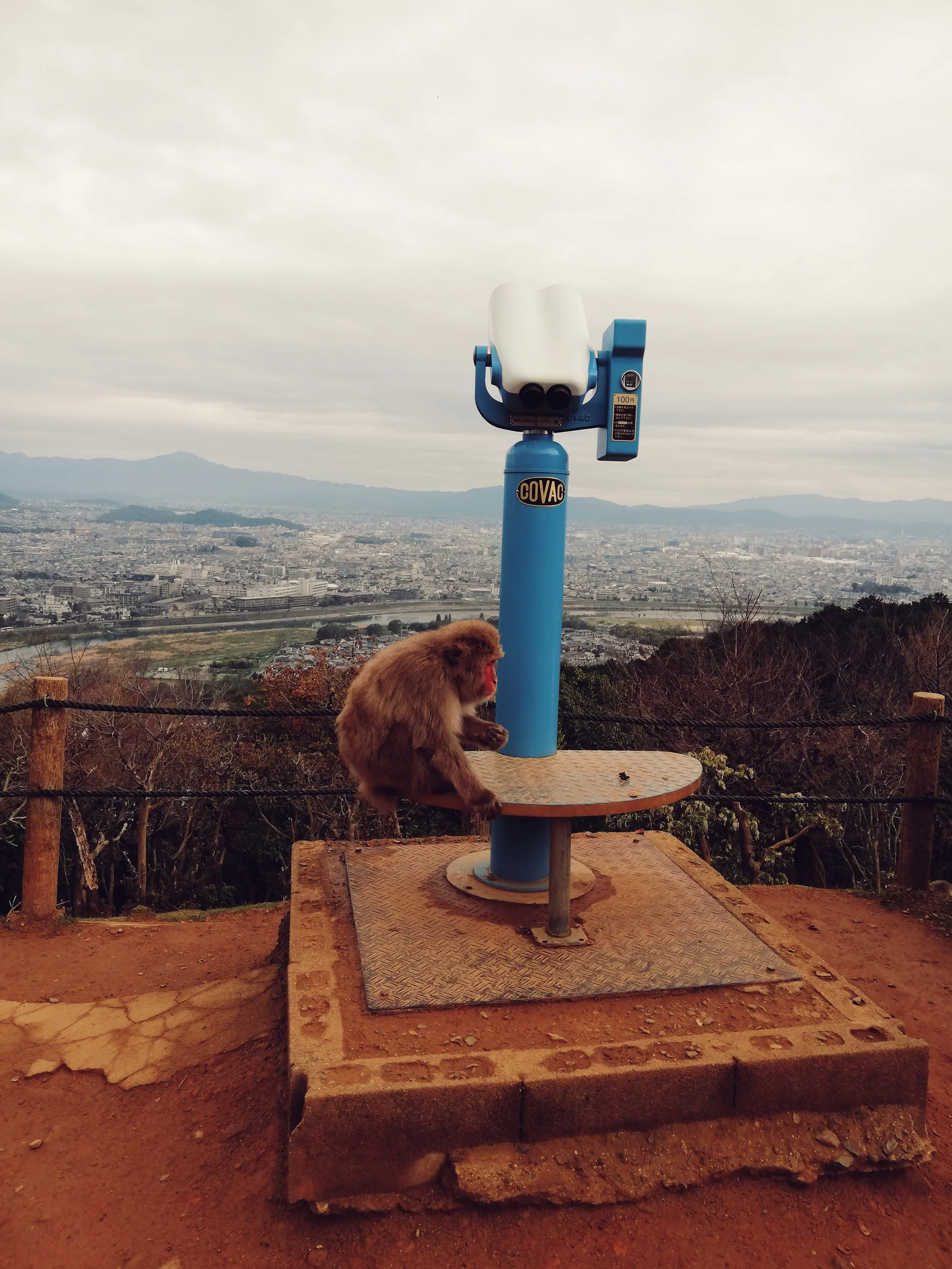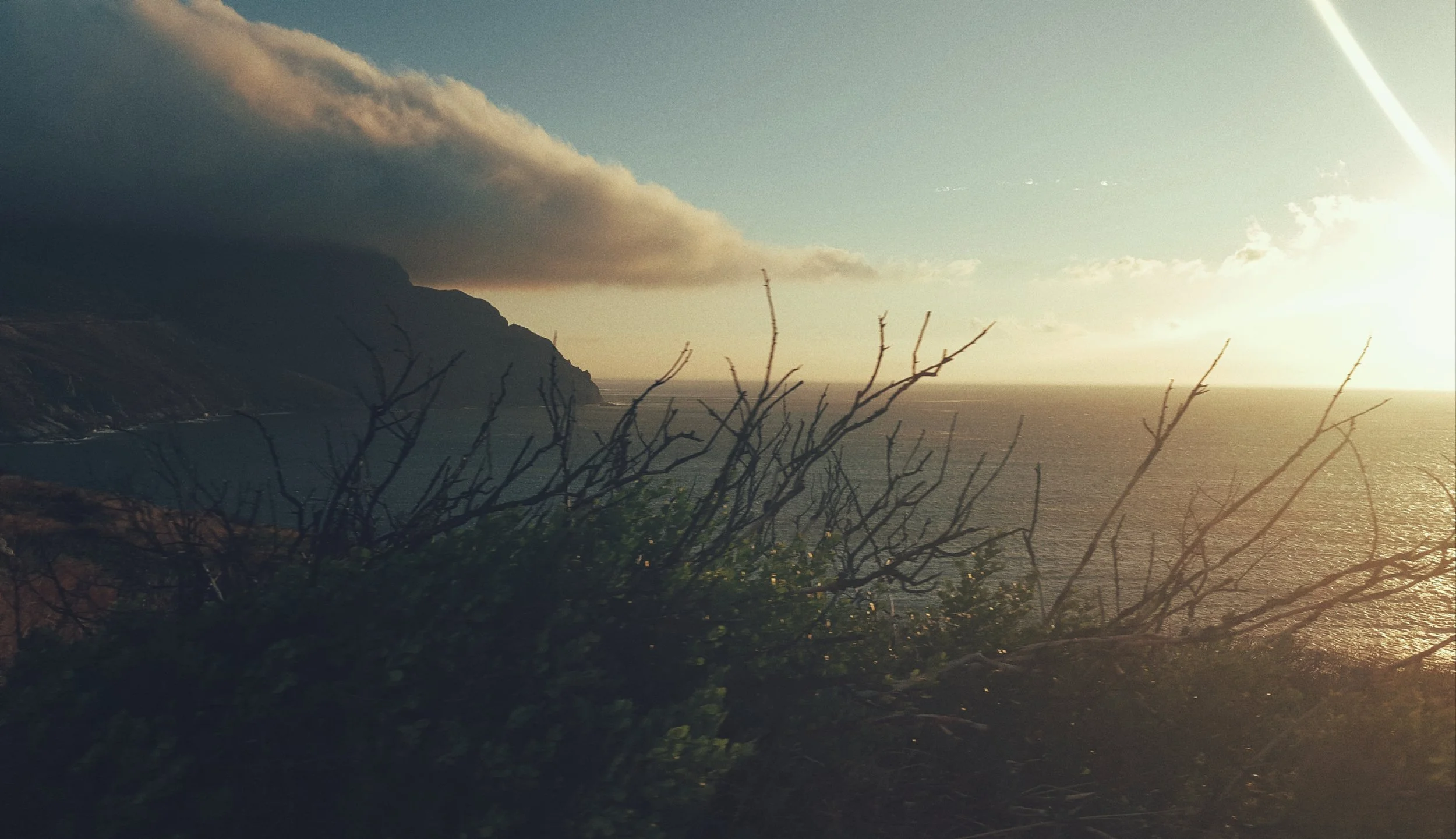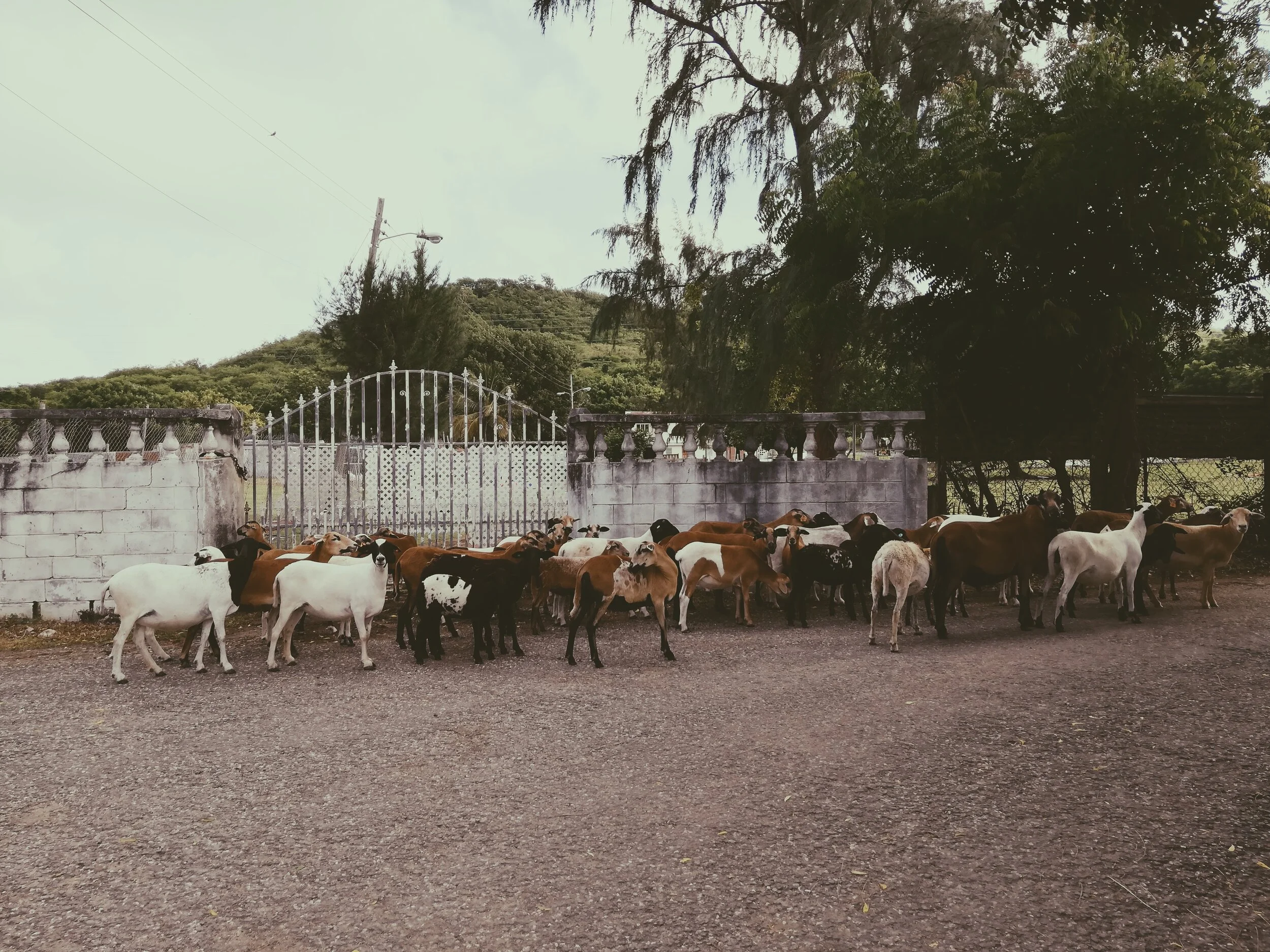Sweet, Sweet T&T
A thorough guide to the plentiful eco adventures Trinidad and its sister island of Tobago have to offer.
That exquisite twin-island state at the southernmost edge of the West Indies. It bedecks itself in jewels, feathers, and occasionally mud, each and every Carnival season, which usually falls between February and March. And let’s be honest, nobody knows how to party harder than a Trini. Am I biased, you ask? Absolutely. But, Trinidadians and Tobagonians have every right to be proud of that hard-won title and their turf.
Although internationally recognized for its more decadent affairs, Trinidad and Tobago harbors an assortment of other hidden gems. Stunningly rich in flora and fauna, T&T supports tropical rainforests, secluded watercourses, and pristine beaches many species also call home. I guess I’ll really begin this tour with one of the many tropical birds their carnival feathers pay homage to. Trinidad’s birthname is Iëre, or Land of the Hummingbird. A title bestowed by the natives and curtly replaced the day Christopher Columbus’ ships made landfall. The Arawaks, as with many other indigenous peoples across the globe, revered hummingbirds as embodiments of the souls of one’s ancestors.
Trinidad and Tobago is home to over 18 different species of hummingbirds. And Dr. Theo’s backyard, tucked away in the lush foliage of Trinidad’s Maracas Valley, welcomes visitors from far and wide to meet over 14 of them.
1. Yerette Hummingbird Sanctuary
Theo Ferguson, an avian photographer turned educational tour operator, opened his home’s doors to the public some years ago. And what became Yerette Hummingbird Sanctuary feels just as sacred a space as the flying jewels that frequent it. Feeders precariously placed throughout the property invite the frenetic, iridescent wings of hundreds to thousands of individuals every single day.
Yerette Hummingbird Sanctuary requires guests book in advance so that Mr. Ferguson’s lovely wife, Gloria, knows how many mouths to expect. A light, home cooked meal is included in the $25 USD admission fee. An upgrade to a three course meal is also available and absolutely worth the extra change. I wouldn’t want to spoil any more of the magic, so be sure to book an authentic experience of your own: http://www.yerettett.com/
2. Maracas Beach
Coasting a little further along the Maracas stretch, you’ll eventually hit the bay. And depending on the time of day, you might also see a line of customers wrapped around one of the vibrantly colored beach shacks. Locals take a little bit longer than anticipated lunch breaks to patiently wait for a curious fast food cuisine at Richard’s bake and shark: deep fried shark meat plastered between two halves of fried dough. Personally unappealing for numerous reasons, but a local fast food favorite. Richard’s condiment bar comes fully loaded with traditional toppings ranging from mango chutney to tamarind sauce. The beach, just on the other side of the street, is supplied with lounge chairs begging to meet you after a midday meal. And you can spend your whole afternoon under the palm trees if the water doesn’t seem inviting.
The waters of Maracas Bay are not for the faint of heart. And although they’re notoriously rough, I enjoy the tumble. Colorful lifeguard huts braced against a palm tree backdrop line the sand. The bay is bordered by rainforest on both ends, making its crescent shaped stretch my world favorite. A very uncommon sighting, I found a rainforest-dwelling species of long-horned beetle as I was taking a parting walk along the shoreline.
3. Asa Wright Nature Centre
A little further into the reaches of those towering trees is the world-renowned Asa Wright Nature Centre, whose protected rainforest tract was originally a neglected citrus-coffee plantation purchased by Ms. Asa Wright in the wake of WWII.
The heavy tails of lumbering tegus regularly leave track marks in the dirt. Agoutis discreetly approach the bird feeding stations to seize dropped banana peels. Honeycreepers and hummingbirds flit from feeder to feeder across from the center’s back porch, which offers an uninhibited view of rainforest canopy as far as the eye can see. The center sits on over 1,500 lush acres straddling the Arima and Aripo valleys of Trinidad’s northern mountain range. Asa Wright has developed into an environmental conservation and education powerhouse, providing visitors with the opportunity to take an informative journey through one of the most biodiverse regions on the planet. Once you’ve taken the expertly guided walking tour through the rainforest’s valley, you can recoup by spending an hour or so bird watching from a rocking chair.
Learn more about the center’s research and conservation initiatives and hidden wonders here: http://asawright.org/
What to Eat:
We downed fresh coconut water from the Savannah (a vendor can be found here no matter the time of day) and a few doubles the afternoon before departing for the longest leg of our island tour. Doubles are a quick and savory street food: hot, fried flatbreads filled to the brim with channa, or spiced chickpea curry, and always plural, no matter the size of the order.
We needed a filling bite before hopping in the rental to attend one of nature’s most incredible events.
4. Turtle Nesting at Grand Riviere
On Trinidad’s northeastern coast is the seaside village of Grand Riviere and its dimly lit, protected shoreline. Our caravan arrived at Mt. Plaisir Estate Hotel: a beautiful handcrafted two-story eco lodge that sits immediately beachside. By beachside, I mean the sand is no more than five feet from your room’s front door. The open-air restaurant is just as close and welcomes the soothing acoustics of surf breaking against the shoreline for breakfast, lunch, and dinner. The hotel’s service was a little slow, but was to be expected. Kick back and relax. We’re running on island time, remember?
We had an unexpected guest in our room after dinner: a bat had managed to silently swoop his way through the room’s back window searching for insects. Startled by the light, we guided the frantic fine diner right back out into the night. Besides mosquito feeding frenzies, prepare to be fully immersed in nature’s surrounding activity. The lodge owners were (thankfully) kind enough to consider installing mosquito nets above every bed. Although the neighboring ocean breeze already does a pretty fair job of keeping the bloodsuckers at bay. The rooms are extremely comfortable and possess all of the amenities of modern life, such as air conditioning, hot running water, and free Wifi. I do, however, highly recommend taking the time to disconnect.
The moon was rising to meet us after dinner and illuminated our path to the sand. Thousands of female luths, or leatherbacks, weighing in at an average of 340 kg each, come to shore to nest every 3 to 4 years between March and September. We were escorted by a guide to watch these endangered behemoths of the open sea hoist themselves onto the sand to lay their eggs. It’s safe to say this spectacle almost brought me to tears. (Of joy, of course) My family and I got to witness one of the rarest events on Earth under the light of a full moon. We rose at the crack of dawn the following morning to witness the hatchlings’ race to the sea. At times, they’ve been said to emerge by the hundreds. Beachgoers are allowed to aid stragglers and help fend off pesky corbeaus (pronounced locally as cobos), or vultures, looming in the treetops above. Overall, words just can’t quite paint it. This experience made me feel like I was part of a much bigger picture.
Be sure to book your own experience of a lifetime here: https://mtplaisir.com/
5. Pitch Lake
Although we didn’t have enough time to visit this wonder, it’s still worth the mention. The world’s largest asphalt lake is found in South Trinidad. La Brea’s Pitch Lake isn’t easy on the eyes, but surely one of nature’s more intriguing phenomenon. 100 acres wide and about 250 feet deep at its center, it contains an estimated 10 million tons of pitch. As the lake replenishes itself, buried treasures including the fossilized remains of a giant sloth, mastodon teeth, and Arawak artifacts are uncovered. People occasionally swim in its mineralized waters because the sulphur content is purported to have healing properties.
6. Pigeon Point Heritage Park & Buccoo Reef
Just a 20-minute prop plane ride away, we impulsively booked a cheap ticket to Tobago. There is also a regular ferry service available if your gut can handle rougher waters. Despite minor turbulence, either chosen form of transportation to this quiet island is truly a rite of passage. The island of Tobago is a spiritual retreat and quite the polar opposite of Trinidad’s industrialized cities. Your first stop should inevitably be the relaxed waters off of Pigeon Point’s beach. Where visitors can choose to spend the bulk of their afternoon lounging in its calm, azure surf or partaking in one of the many watersporting activities they have to offer. We boarded a glass bottom boat tour, which transports visitors to Buccoo Reef, one of the most vibrant underwater cityscapes I’d ever had the pleasure of exploring. Buccoo Reef’s brimming state of health is a beacon of hope amongst coral communities worldwide, which have been under critical duress in recent years. With every crack and crevice flourishing with activity, there was so much to see in so little time. Finding out what a healthy reef looks like firsthand is truly eye opening.
7. Argyle Falls
At some point along any journey, my inner mountain goat always pleads to sightsee under much more physically demanding conditions. Tucked away deep within the lush landscape of the jungle, a three-tiered waterfall in Roxborough is just a steep and, at times, slippery 20 minute hike away. When it comes to trekking through the jungle, the best pieces of advice I can give you are these: 1) always bring a rastaman and 2) don’t ever wear flip-flops. You’re actually better off going barefoot. Denny was the name of the beaming ray of sunshine we picked up as our tour guide at the bottom of the hill in order to make the occasionally difficult hoof to Argyle Falls, the highest waterfall the island has to offer. Nobody knows the footing of the mountainsides better than the people who live near or frequent them most. I’m fairly agile, but Denny looked like a graceful spider monkey sliding nimbly over the mossy outcroppings. He put my youth to shame, quite frankly. Waterfalls are a reckoning force of nature. And we could hear Argyle’s roars even over the shrill whistles and calls of jackhammers, parrots, and kingfishers sweeping through the canopy. Any hike through Tobago’s vegetation is also a great opportunity for bird watching.
Denny insisted on accompanying our caravan to the Main Ridge Forest Reserve, which takes up two-thirds of Tobago’s once volcanic and now densely forested mountainous spine due to centuries old protection. At some point on our drive, this effervescent spirit asked us to pull over and disappeared into a grove of palm trees. He returned with hands full of fresh cocoa pods from what was actually an abandoned coffee plantation. When ripe, there is a sweet, juicy flesh encasing each cocoa bean. It was an unexpectedly refreshing treat.
8. Main Ridge Forest Reserve
Being the oldest forest reserve in the western hemisphere, this jungle tract has an almost ancient mystique. Flowering vines and trails left behind by industrious leaf cutter ants shape the wild landscape. We walked through the forest barefoot and kept our voices to a lull. Denny was incredibly knowledgeable regarding the forest’s ecology, more so than any textbook I’d ever been offered throughout my years of schooling. Being able to walk, uninhibited and removed from human development, under the cool, shaded canopy of a bustling rainforest is the epitome of a nature immersion experience. The hike asks visitors to tune in to the surrounding ethereal magic by letting their full sensory palette guide them.
You can drink the water here, and please be sure to.
9. Speyside, Tobago
We ended our day in Speyside overlooking none other than the sea. Little Tobago is visible from the colorful slated windows of Jemma’s Seaside Kitchen. Also known as Jemma’s Treehouse, the wooden structure is intimately wound around the trunk of a massive almond tree. Its second floor invites diners to an unbeatable view of the bay. Jemma’s serves a traditionally home cooked spread of hearty Trini-bagonian delicacies. We had the escovitch snapper with breadfruit pie and roasted vegetables. Protein and nutrient-rich, breadfruit is starchy like a potato when mature and tastes just like one when properly prepared.
Originally hailing from the South Pacific, breadfruit may also be an uncanny player in the fight against world hunger:
Jemma’s Treehouse is a local delight and the soothing environment satisfies one’s hunger even before the smell of peppered fish begins to waft from the kitchen. For a small town on the leeward coast of northern Tobago, the rest of Speyside’s grandeur is really found offshore and just below the surface. Tobago’s reefs are bathed by the Guyana current, which inundates this breathtaking ecosystem with the Orinoco River’s nutrient rich waters. As a result, reef fishes and sea life abound. And for the avid diver or snorkeler, so do the dive shops.




